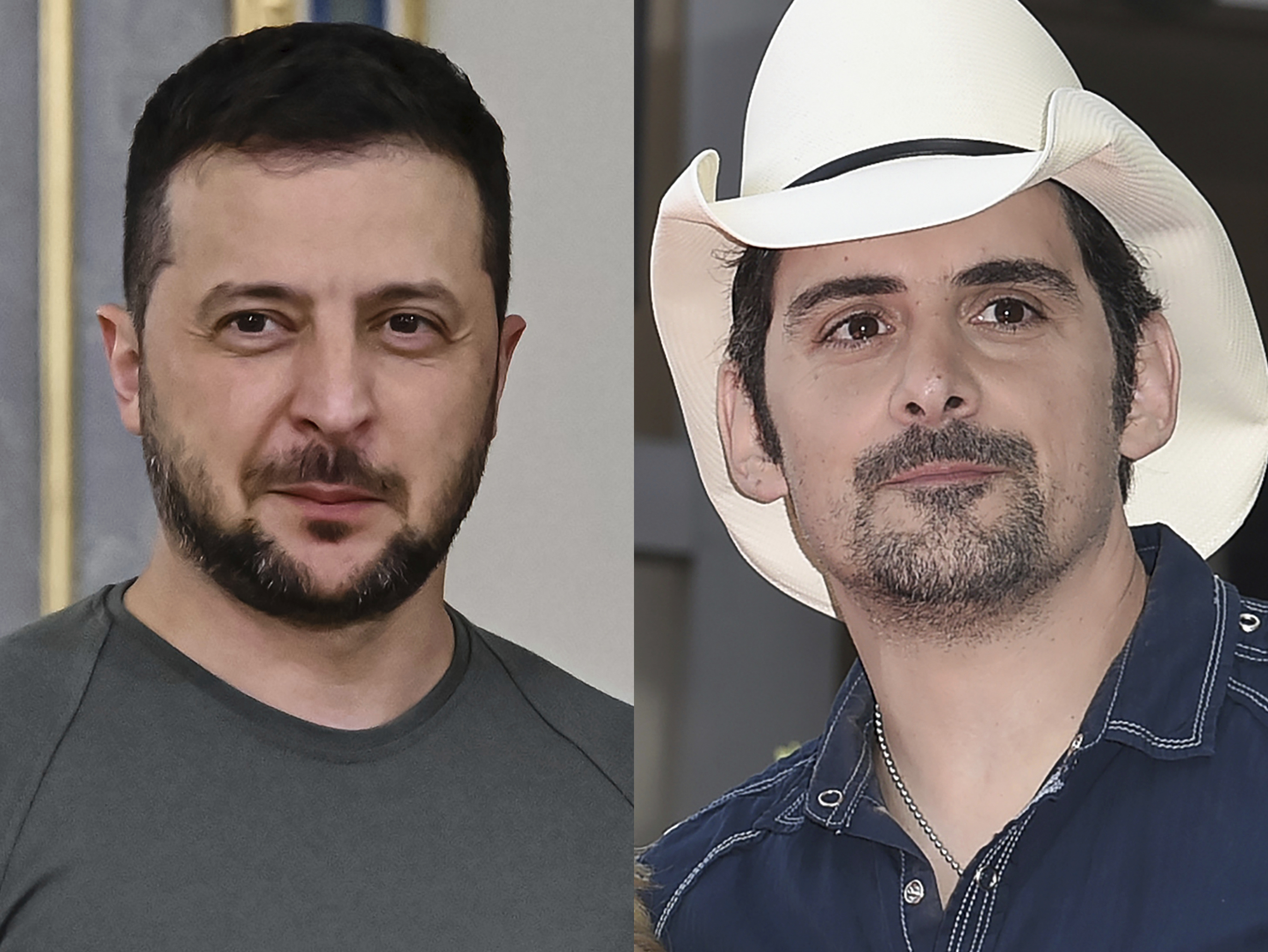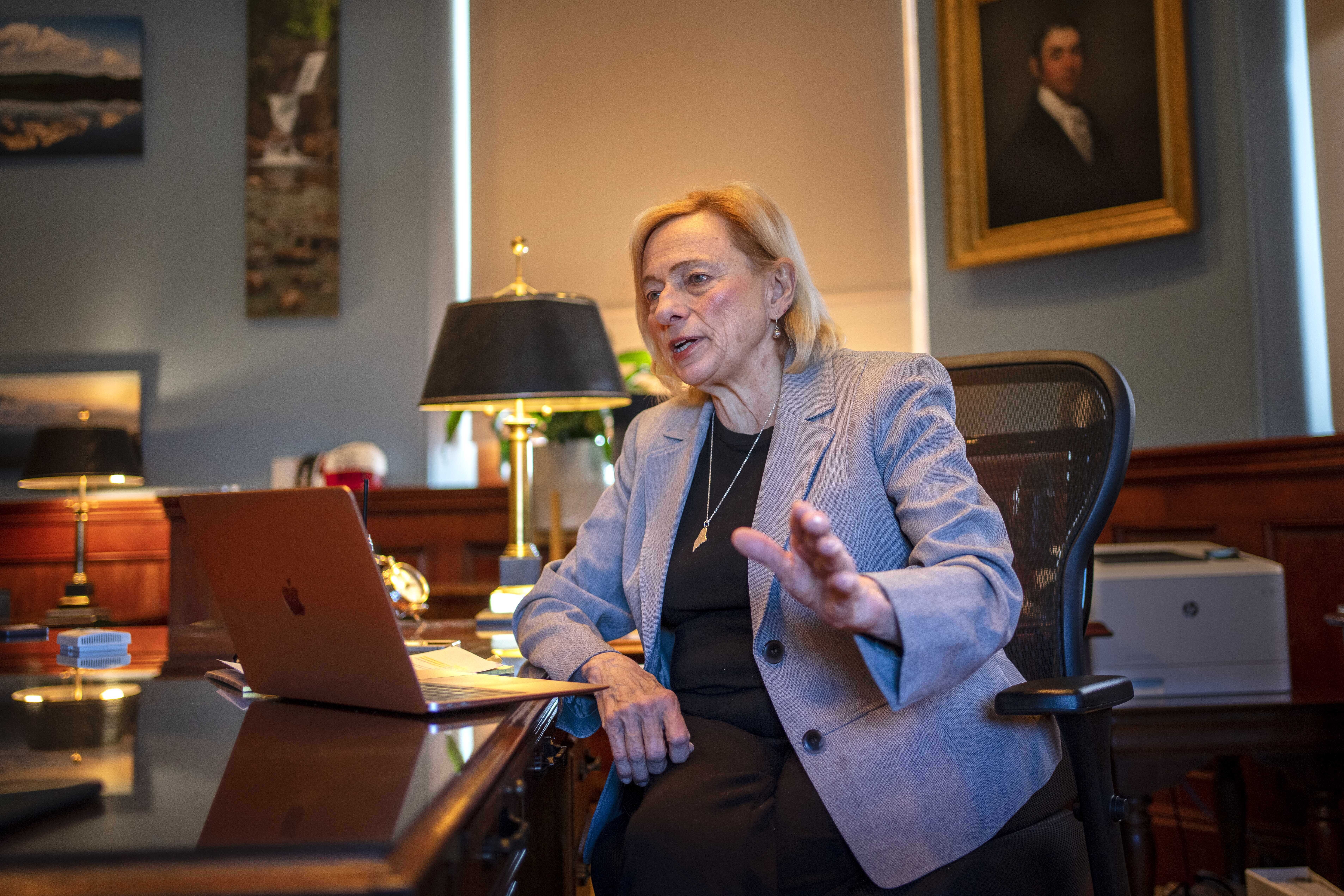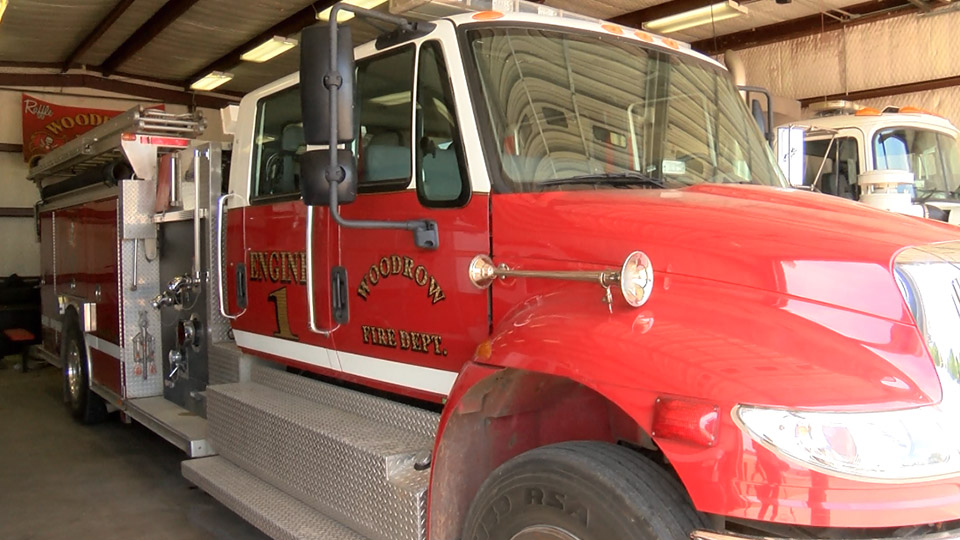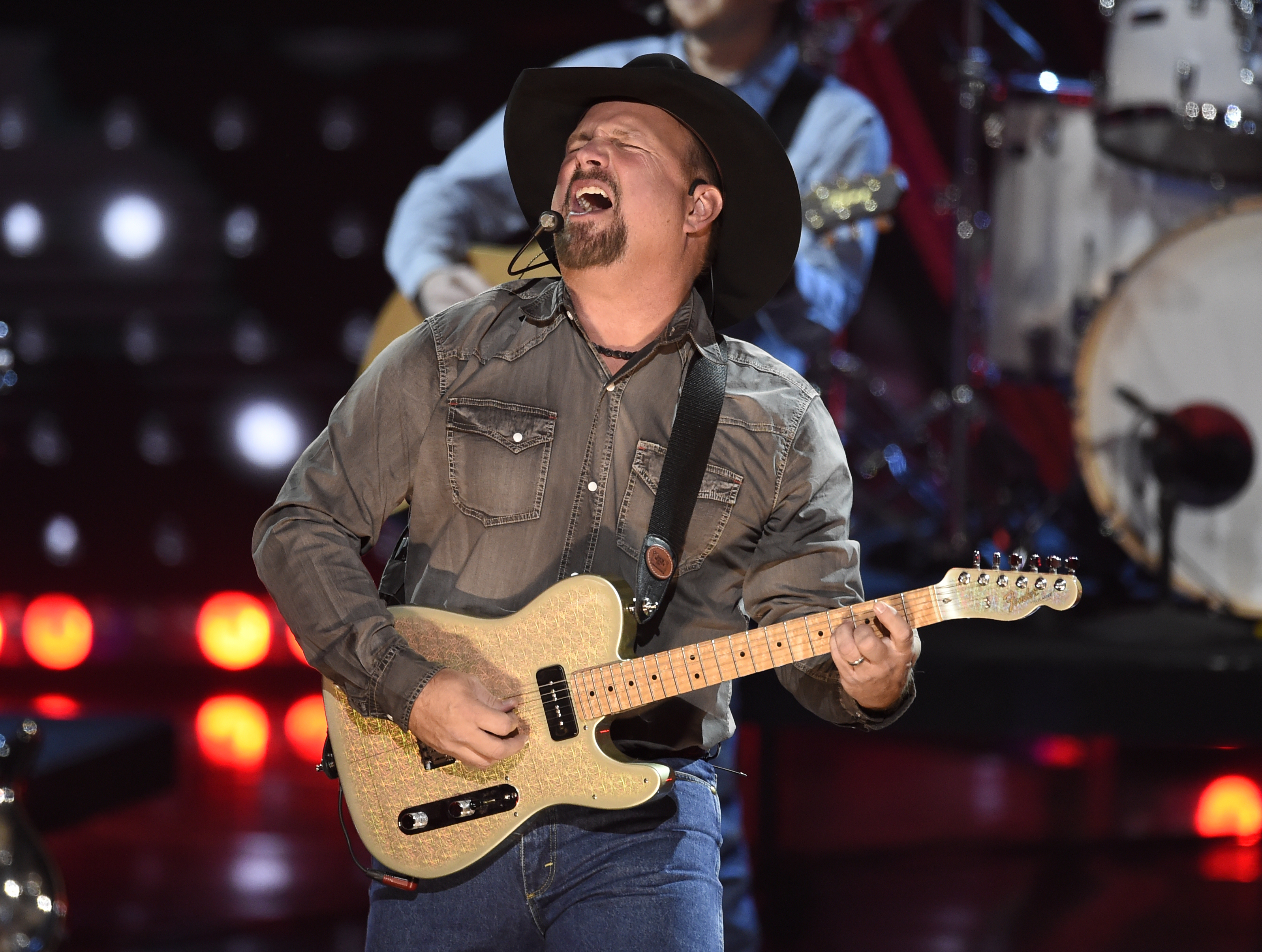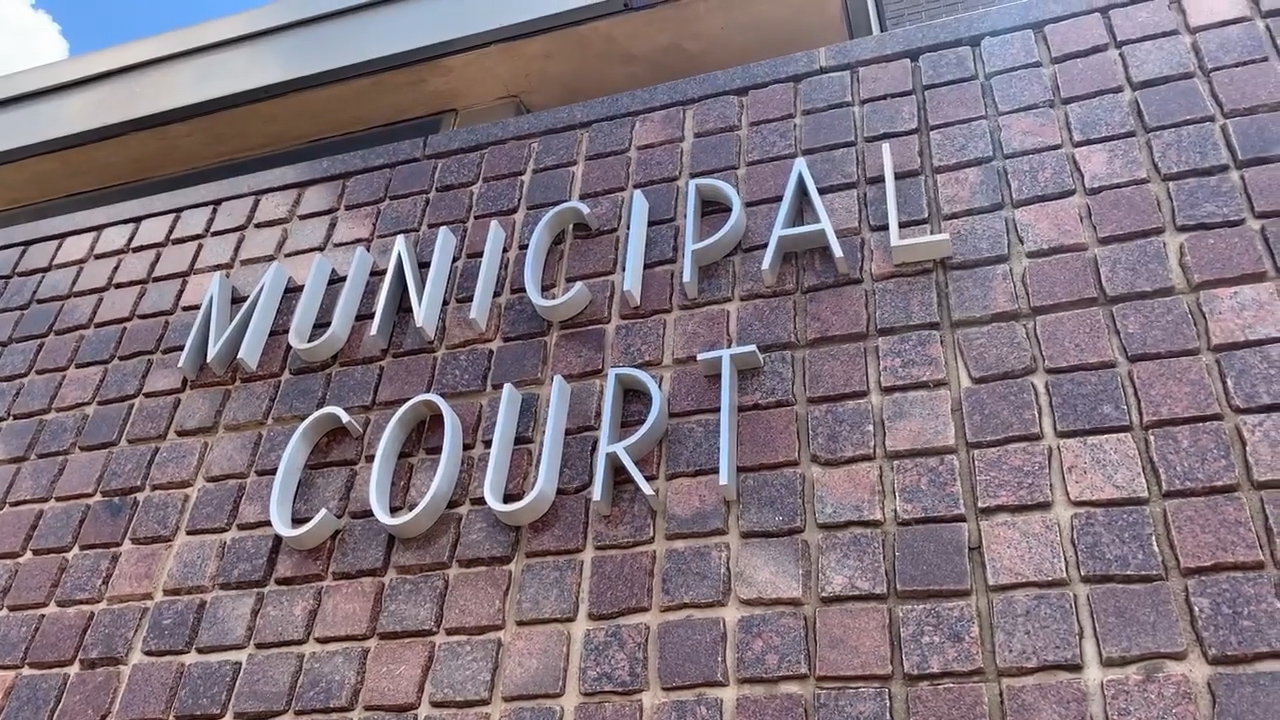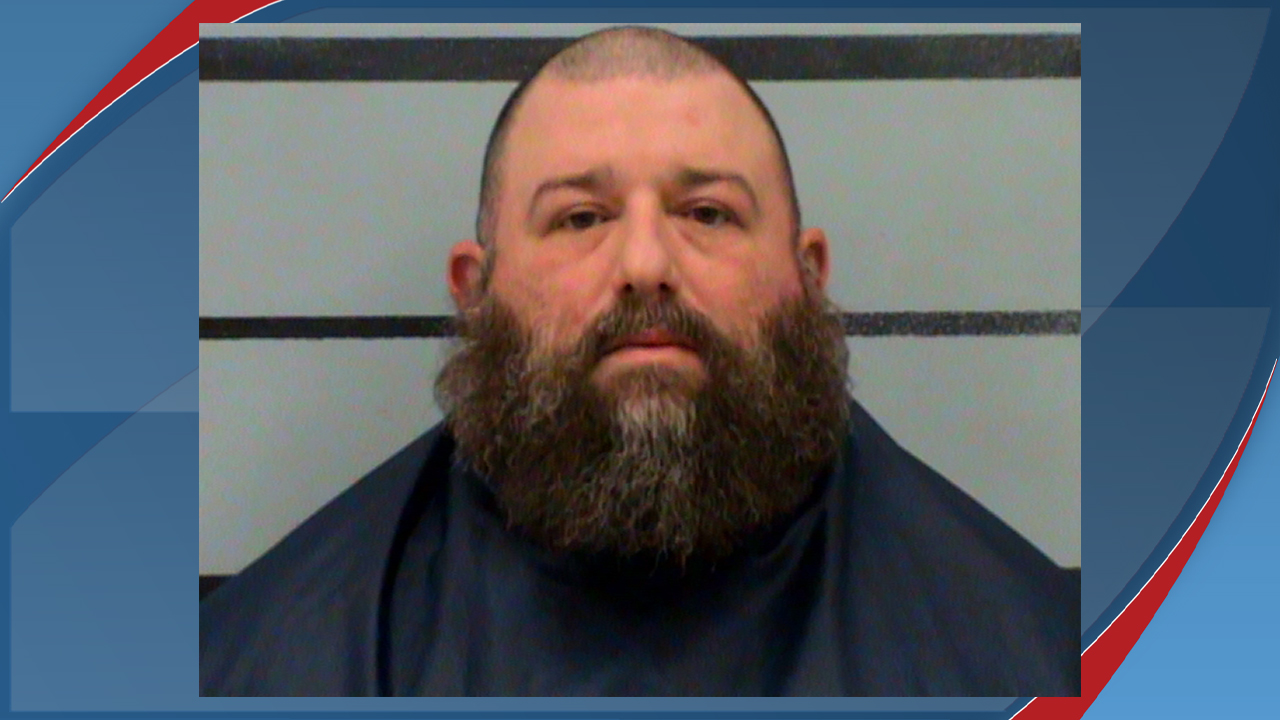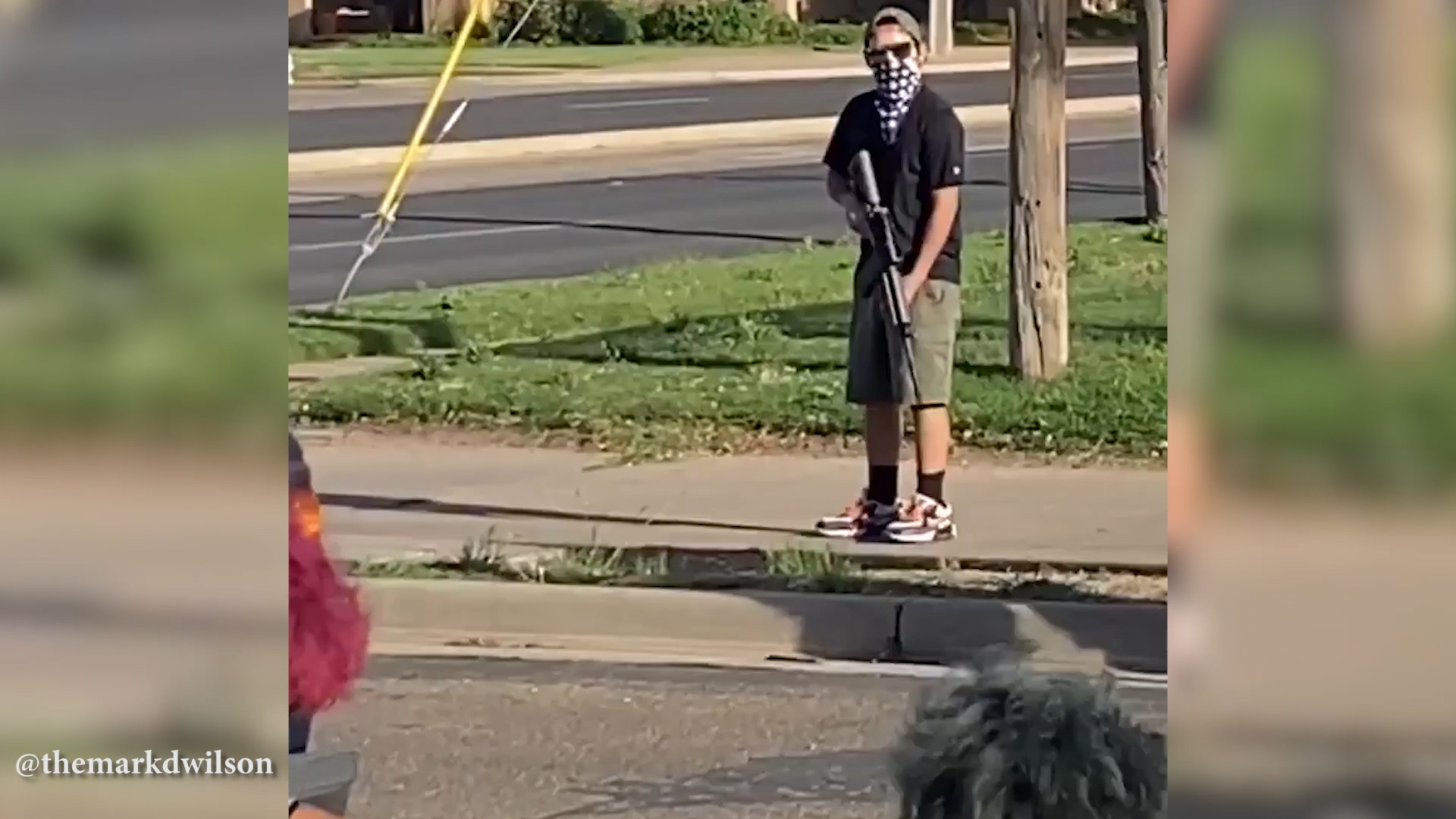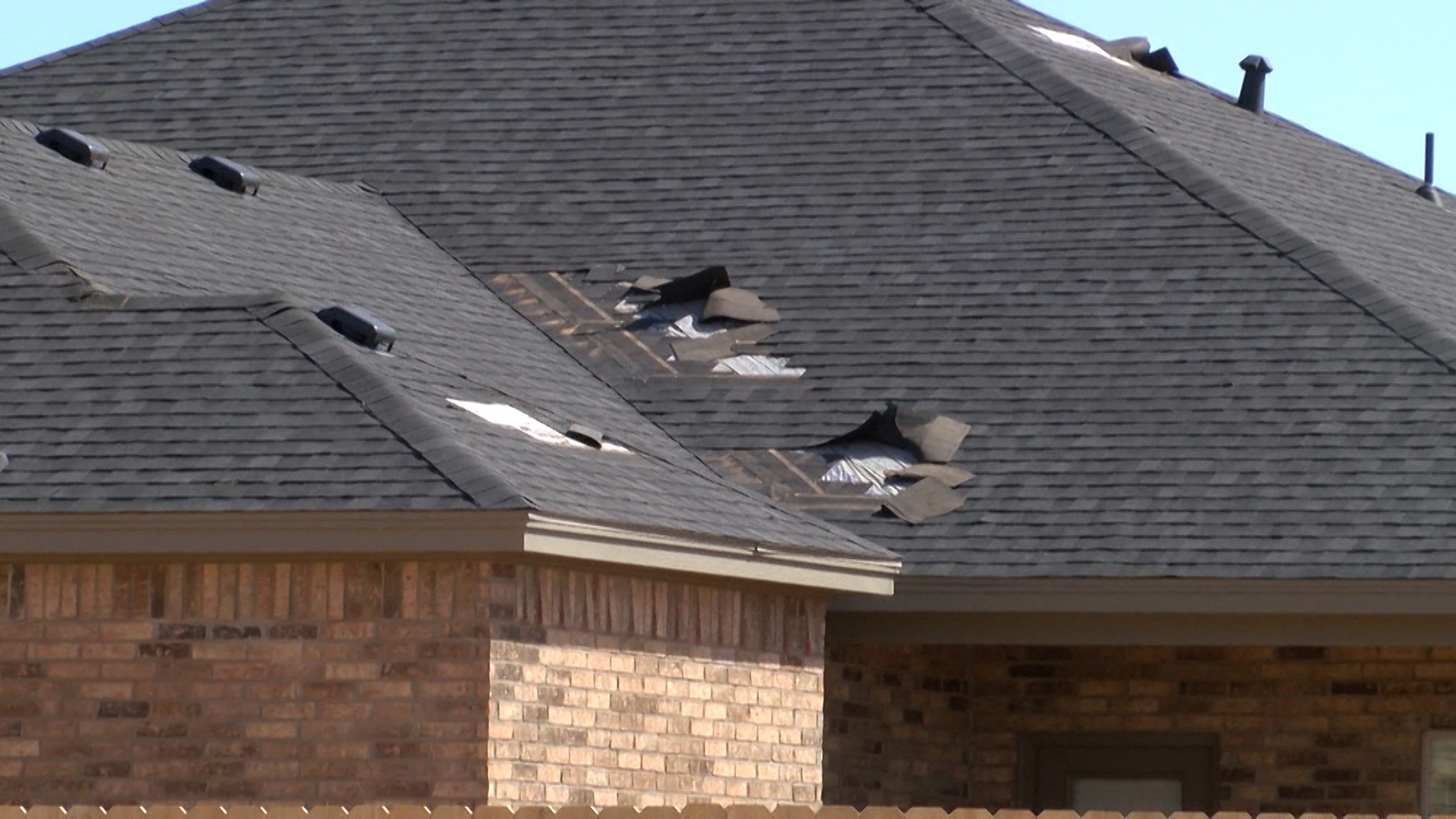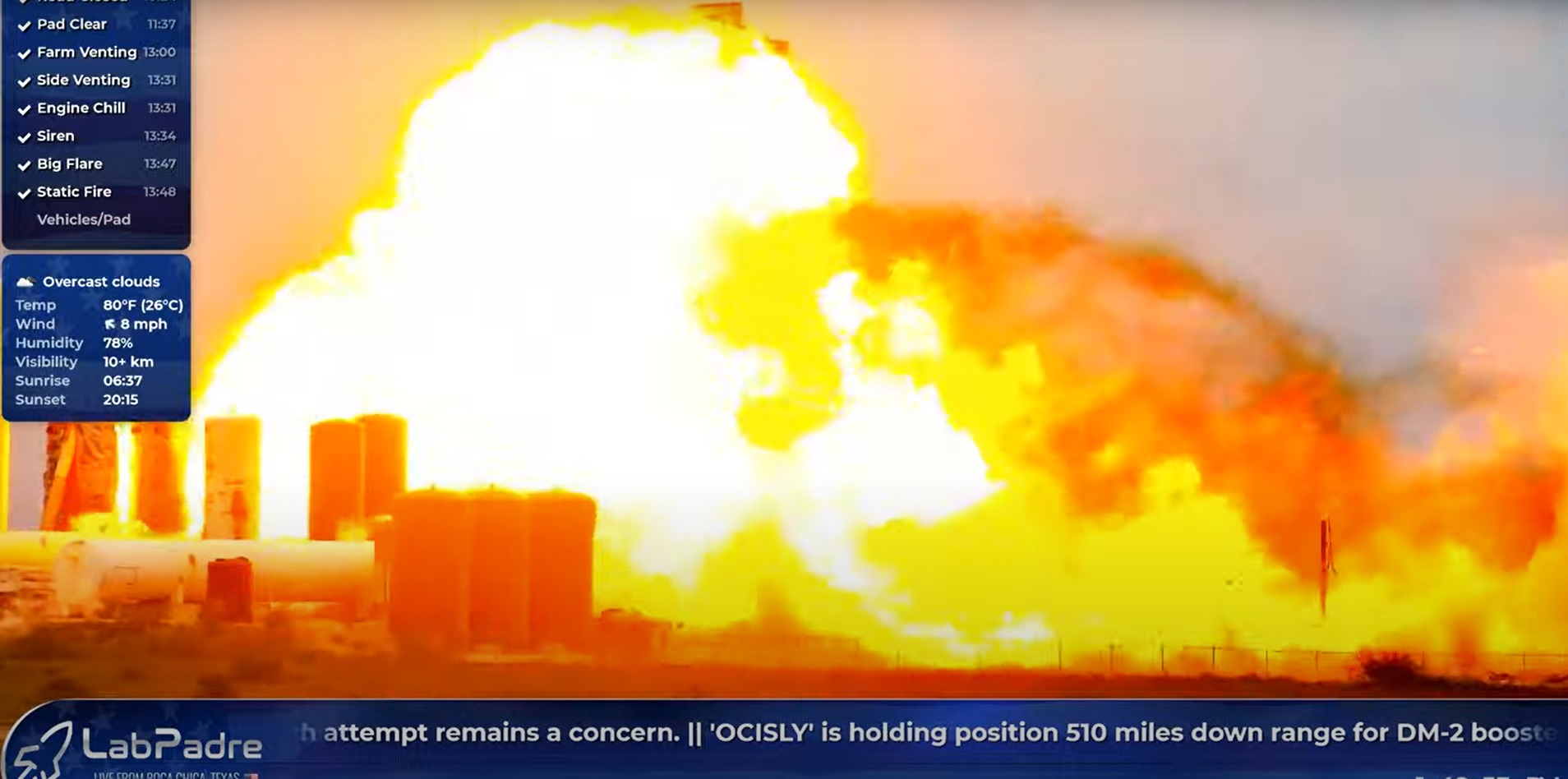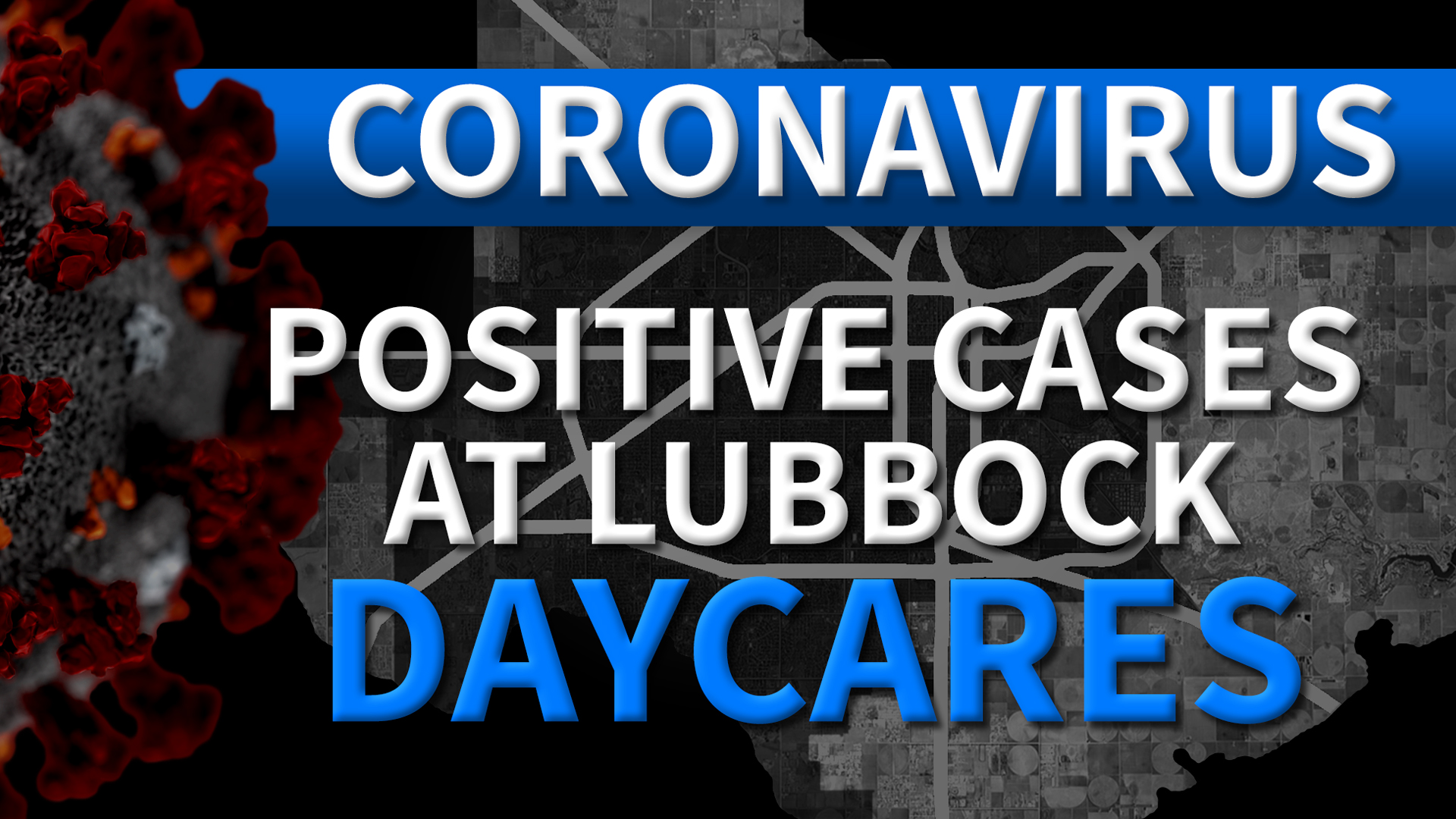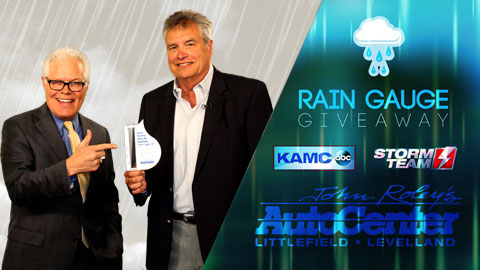AUSTIN (Nexstar) — Tom Lamm’s office stretches to all corners of Texas.
That’s how Lamm, an exhibit technician with the Texas Parks and Wildlife Department, has worked at all 95 Texas state parks over seven years.
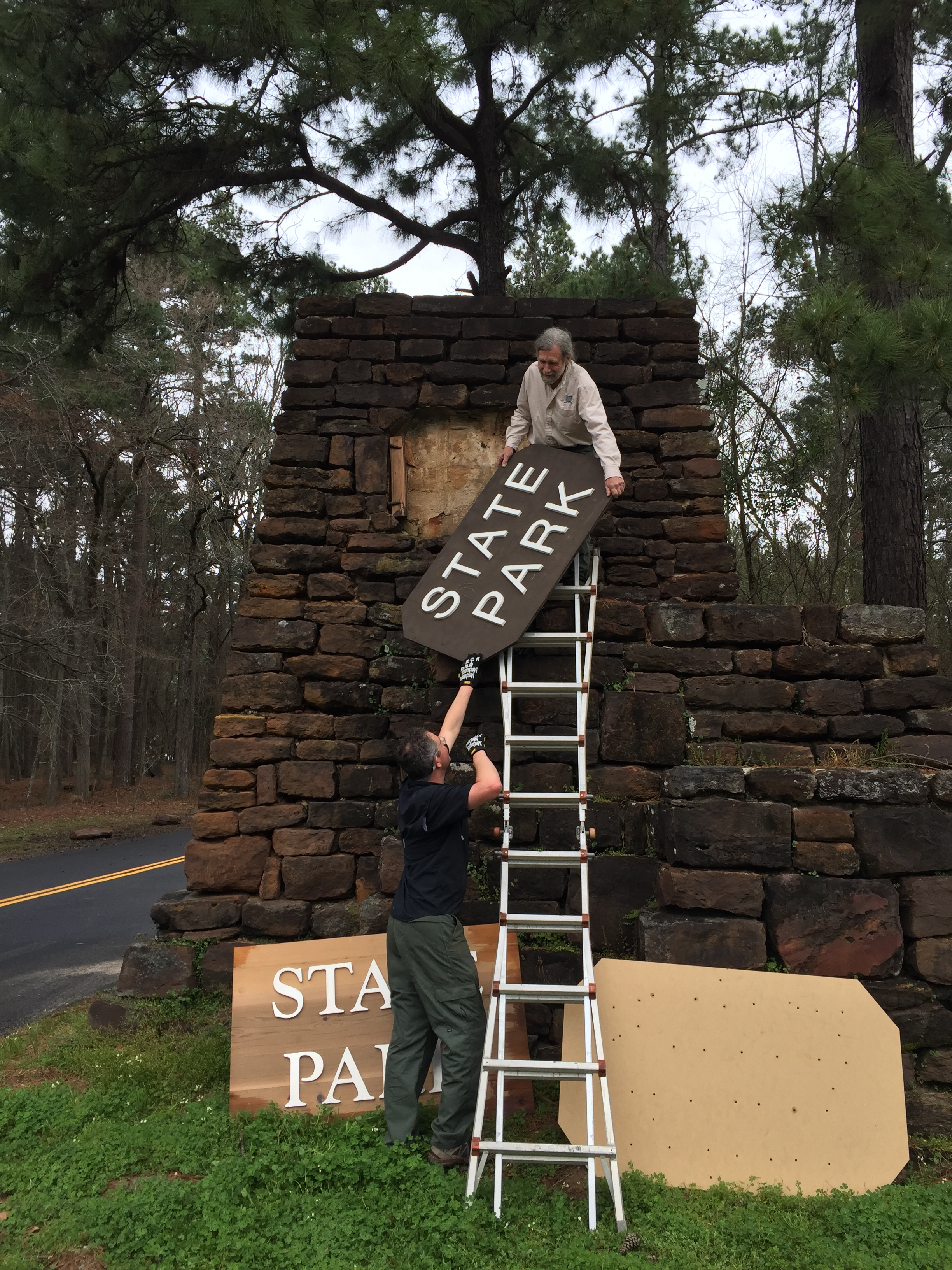
“Our team as a whole covers the entire state and makes the exhibits and signs for all the parks — everything from the furniture to the trailhead signs,” he said. “I’m sort of the person who installs it.”
Lamm was born and raised in Texas, but credits this job for opening up his eyes to what the state truly has to offer, such as the different terrains and diverse ecosystems.
“I love it because I get to go out and see parts of Texas that I haven’t seen before,” he said.
He wasn’t keeping track of all his visits until someone suggested he should and made a list for him.
“I was surprisingly at the top,” he said.
Each park and each installation is a little different, but the mission is often the same — to provide visitors with information and resources they wouldn’t know or have otherwise. The Texas Parks and Wildlife Department also oversees and manages 29 parks built by the Civilian Conservation Corps. The CCC was one of President Franklin D. Roosevelt’s New Deal work programs, which enlisted unemployed men to work on land conservation and park development projects — part of what Lamm and his team do is help preserve that history, such as building furniture.
“They’re now 80 years old or so, so a lot of it is missing or in bad shape so we’re having to replace some of it,” he said. “These are made from original plans and so we’re working our way through the system with that.”
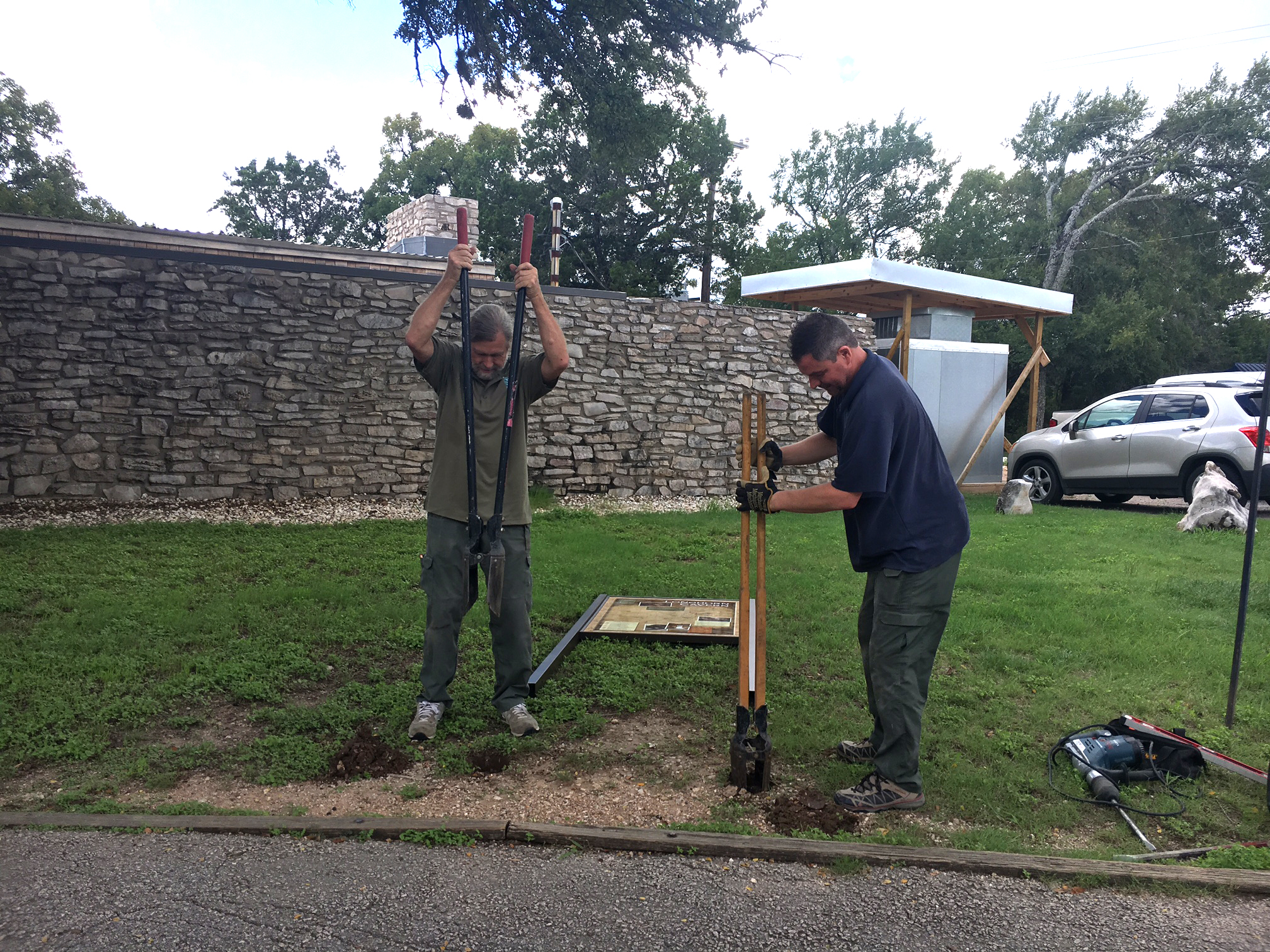
This work is critical to helping future generations have access to our state’s resources, Lamm said.
“It’s vitally important that our young people get a chance and have an opportunity and place to go,” he said. “Some of our parks are getting overused, so that’s a big concern — how to manage that.”
His advice to park visitors is to treat the sites as they would their own homes.
“This is where we live,” he said. “We should carry that forward with how we treat our parks. Respect the park, pick up after themselves and be mindful of other people.”
He cited the nearly 4,000-year-old pictographs at Seminole Canyon State Park as an example.
“They’re so fragile and we have to limit access because people, out of the best intentions, want to go up and touch things. They think one person — it doesn’t matter — but it does. Every little bit makes a difference.”
The Texas Parks and Wildlife Department has several volunteer opportunities. You can find more information and sign up here.



